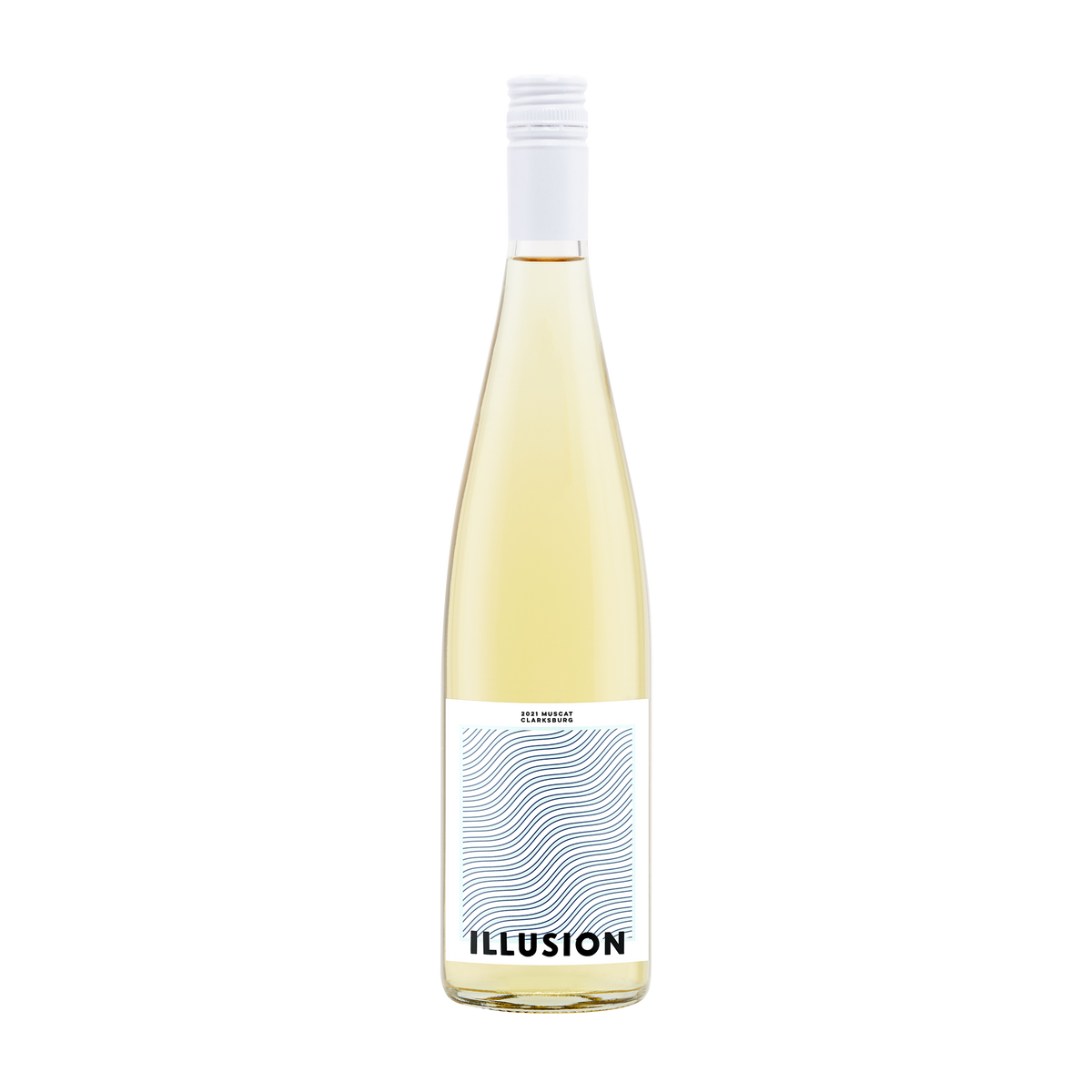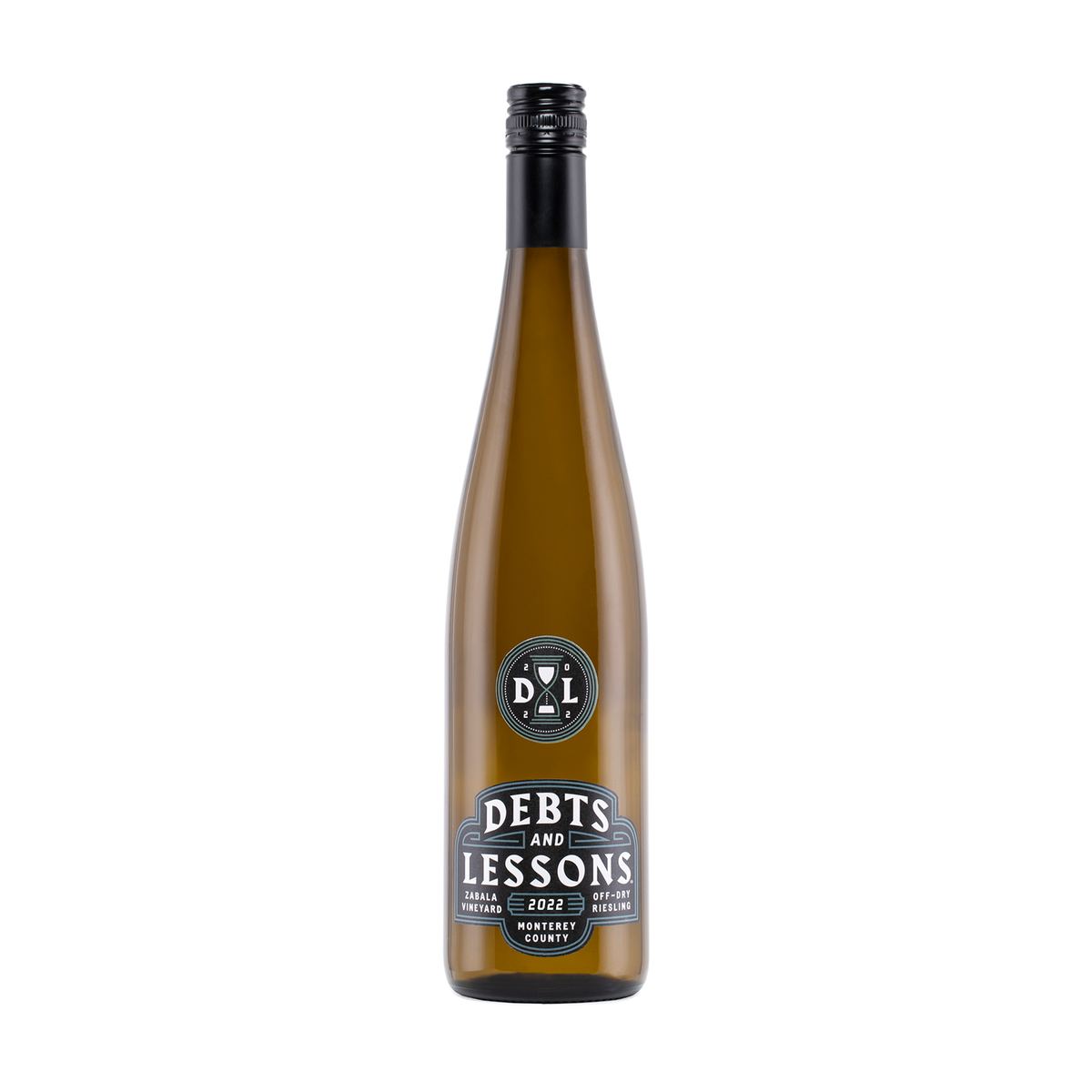2021 Illusion Muscat
Item cannot ship to your state
2022 Debts & Lessons® Riesling
Item cannot ship to your state


